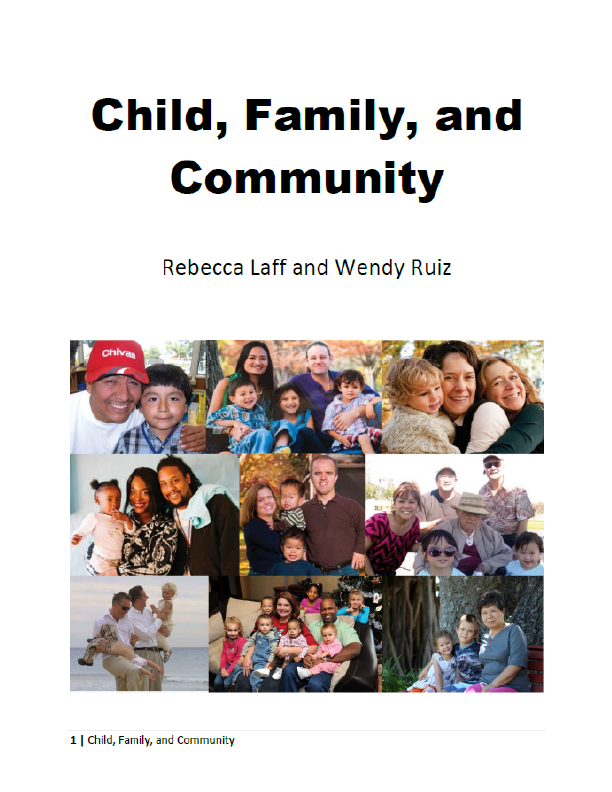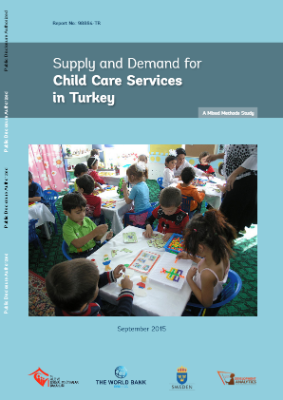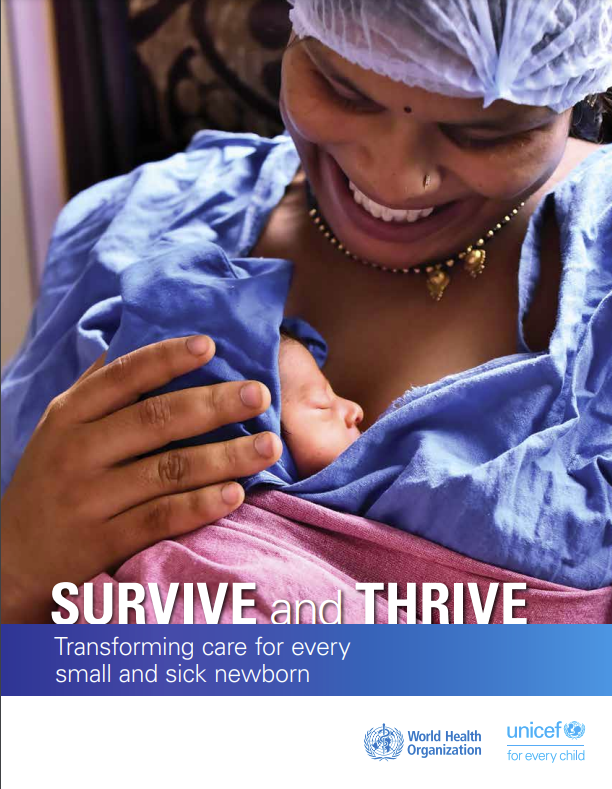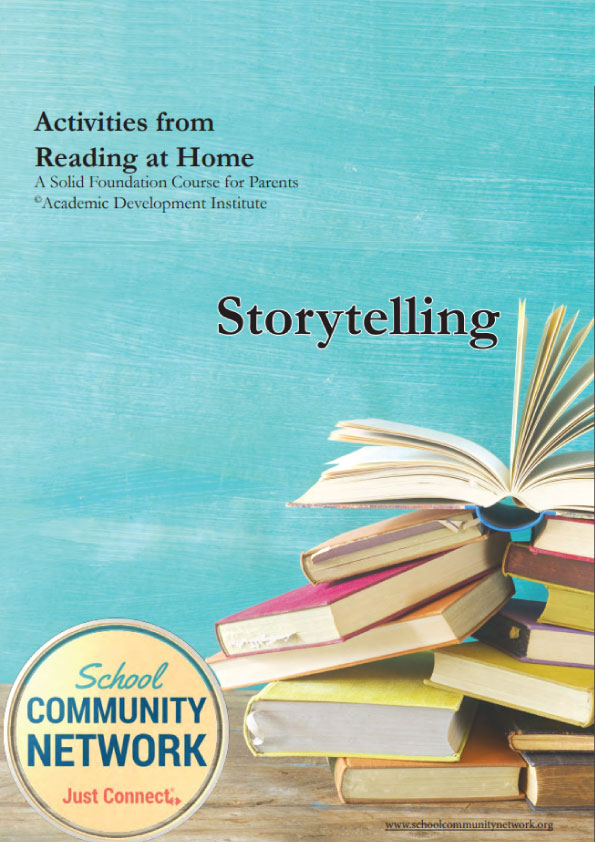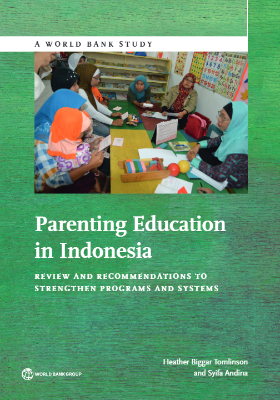THEORIES THAT HELP US UNDERSTAND FAMILIES
Learning Objectives
- Describe how theories work in connection to families
- Explain how theories provide understanding of family dynamics
- Explore some of the ways that families grow and develop
- Understand families through theory application
Theories Developed For Understanding The Family
Over the years researchers have found the necessity to develop theories of behavior that are specific to family settings. These theories have been developed by people with a variety of areas of emphasis, from family therapists to gerontologists to child development specialists. In this chapter we will briefly discuss six such theories: Bioecological Model, Family Systems, Functionalism, Conflict Theory, Symbolic Interactionism, and Psychological Perspectives.
Bioecological Systems Theory
One of the key theories we look to help explain influences on individuals and their families is Bronfenbrenner’s bioecological systems theory. A basic tenet of this theory (Bronfenbrenner & Morris, 2006) is that child and youth development is influenced by many different “contexts,” “settings,” or “ecologies” (for example, family, peers, schools, communities, sociocultural belief systems, policy regimes, and, of course, the economy).
The model is able to account for multiple face-to-face environments, or settings, within the microsystem of a person (for example, family, school, peers); how relations between settings (mesosystem) can affect what happens within them (for example, interactions between school and family); and how settings within which the individuals have no direct presence (exo- and macrosystem) can affect settings in their microsystems (for example, how parents’ experiences at their workplace affect their relationships within the family) (Bronfenbrenner, 1979). Thus, this model allows the analysis of the lives of people, “living organisms whose biopsychological characteristics, both as a species and as individuals, have as much to do with their development as do the environments in which they live their lives” (Bronfenbrenner, 1995, p. 8).
